The Best Way To String A Guitar, According To Tommy Emmanuel (AKA: An Unorthodox Theory on String Brands)
Last week, Reverb.com put up a great video piece with Tommy Emmanuel, where he discusses how he changes strings on acoustic guitar. He also gets into a bit of a conspiracy theory about how the brand of strings you use influences your guitar.
First, Tommy's advice on changing strings:
PRE-STEPS
Tommy doesn't really cover it, but the first steps of changing strings on your guitar are to:
- Remove the old string (either one at a time as you change them, or as I do, in groups of three)
- Select the appropriate string from your new pack of strings and seat the base of it in the peg hole in the bridge.
Then...
STEP 1
Put the string through the guitar, over the nut, and through the hole of the peg.
Bend up the string after it passes through the tuning peg hole, so that it doesn't slide back out.
But make sure you press down on the string just after the nut as you wind the tuning peg. This will make sure the string goes DOWN after the nut, instead of straight out
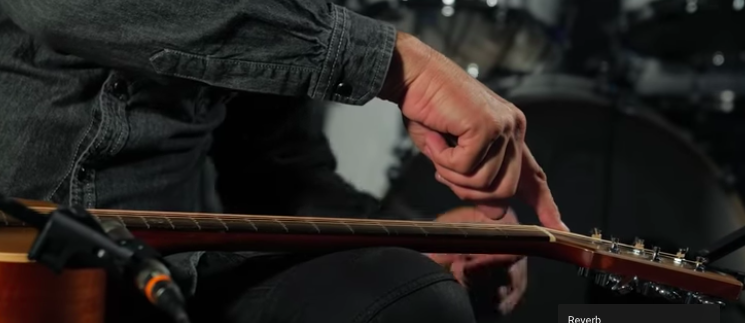
STEP 2
One all the strings are on, bring them up to pitch. This is simply a matter of winding all the tuning pegs.
If you have really good internal pitch, you may be able to do this by ear. Most of us, however, need to use a tuner.
Tommy himself uses a Korg tuner like this one, but more about that below.
STEP 3
Stretch the strings to get the initial elasticity out of them. Otherwise, the first time you play them you'll be falling out of tune immediately.
Tommy recommends stretching them in three places:
- Around the 1st fret, just before the nut.
- Around the 10th fret.
- Just over the sound hole.
Stretching it just means pulling gently on the string away from the guitar body.
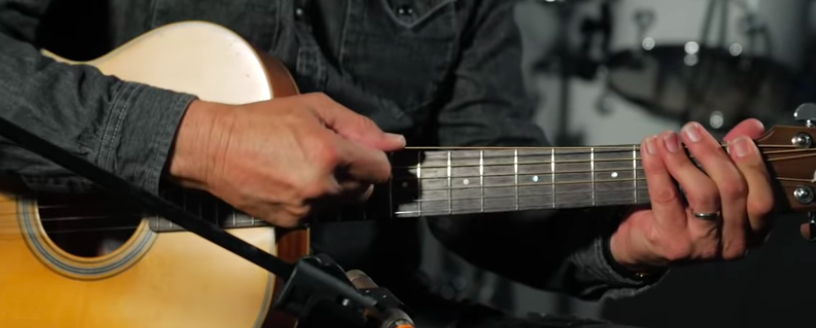
STEP 4
Now that the guitar is freshly out of tune again, tune it back up.
Repeat STEP 3 two or three times, retuning after each stretch.
STEP 5
Now we're going to do one more round of stretching. Pull on the string over the sound hole, stretching it to continue working out the elasticity. Do this a string at a time, continously bringing the string back into pitch.
The goal here is that you're listening and getting comfortable with the guitar's tuning, hearing it stay in tune.
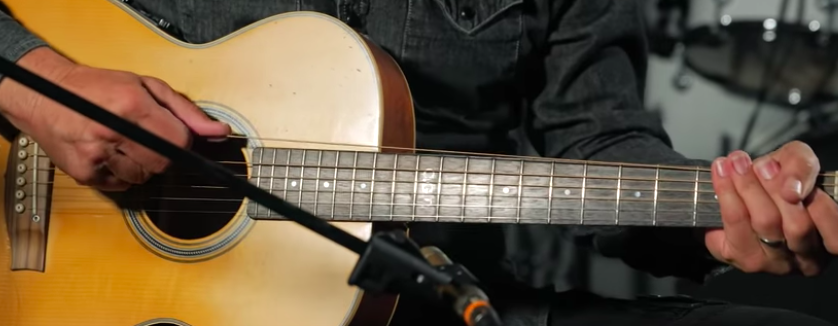
STEP 6
Now that the guitar is in tune, test it using some important chord positions.
Tommy gives an example of an A chord (1st inversion), so he's playing it with his fingering between the 5th and 9th fret, and voicing the third (a C#) in the bass.
He gives some other examples, but the idea is that you're combining open strings with fretted notes high on the neck. If you're guitar is set up well, and the string's are tuned well, all these notes will be in tune correctly.
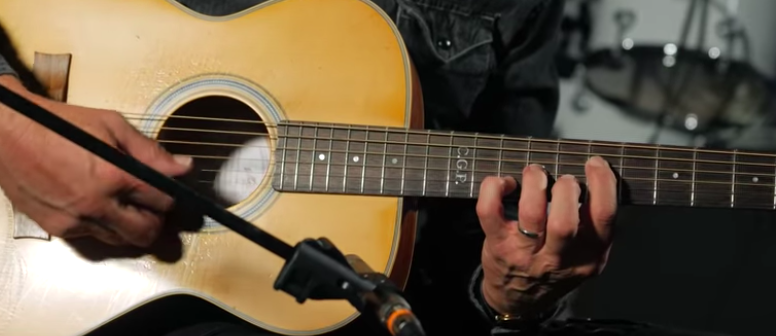
FINAL STEP
Now that you're in tune, play through some songs, varying the style and challenge of them.
As you play, keep making adjustments to the tuning until you're comfortable that the guitar is really settled in.
About Tuners
Tommy recommends that you keep a few tuners around. Specifically, he uses one of those popular clip-on tuners, like this one from T.C. Electronics. This makes it easy to always do a quick double-check of your tuning while you're playing.

Before performing a live show, though, Tommy uses a bigger model, like this Korg, to tune up. Specifically, he:
- Plugs in with a cable
- Spikes the mid-range in his on-board EQ
- And then does a thorough tuning of the guitar.
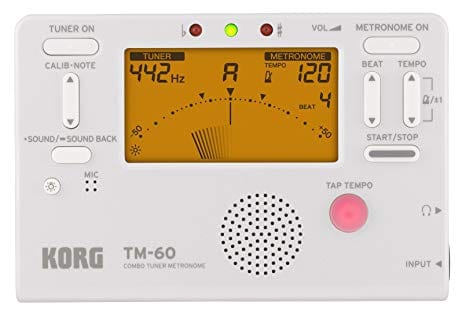
Changing Brands
Tommy has a theory. It sounds like a bit of a conspiracy theory...hard to verify, but compelling to consider. It is this:
Guitars "get used" to a certain type of strings after a while, and begin to sound worse as they acclimate to a certain brand.
The fix? Change the brand of your strings every once in a while to avoid this.
Watch the first couple minutes of the video to hear his whole explanation:
Strings
In the video, Tommy recommends several string brands. All are good, and he recommends varying brands over time. Interestingly, he does not use "coated" strings, like a certain well-known brand we've all encountered.
- Martin (typically phosphor bronze): .12-.54 - View on Amazon >>
- D'Addario (they have a similar bronze set): .12 - .54 - View on Amazon >>
- Ernie Ball (an aluminum bronze set is "Amazon's Choice") - .12 - .54 - View on Amazon >>
